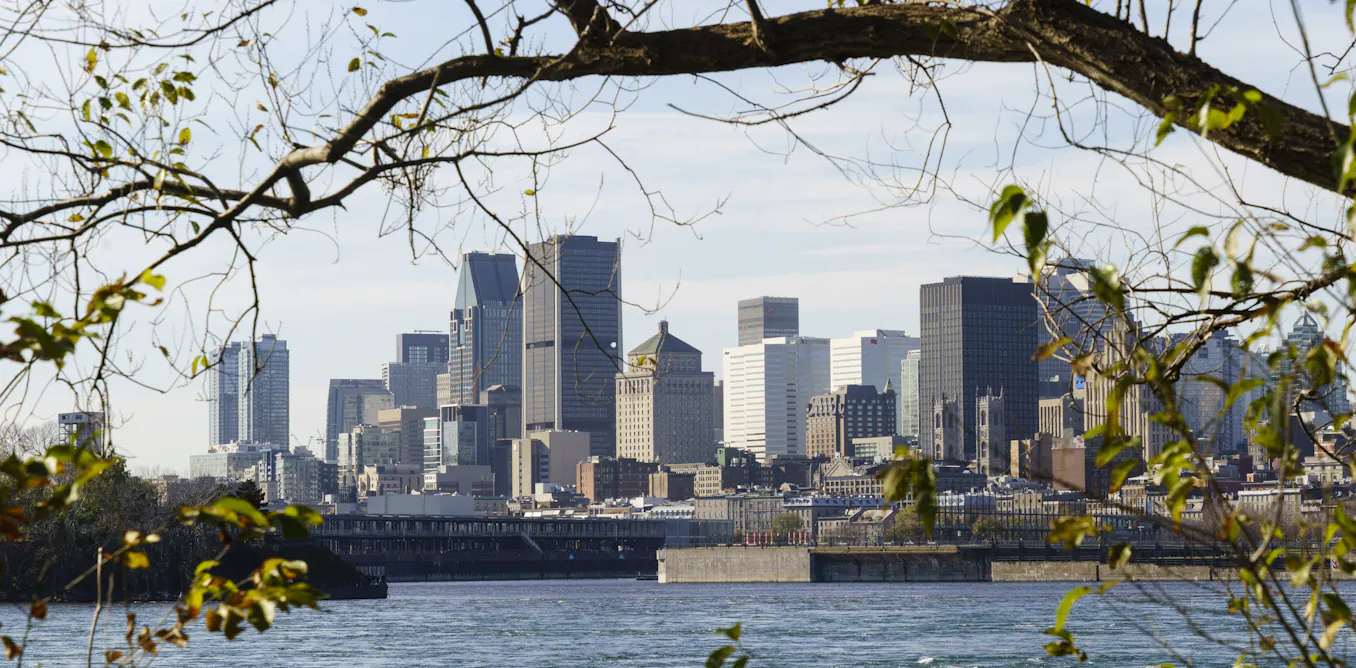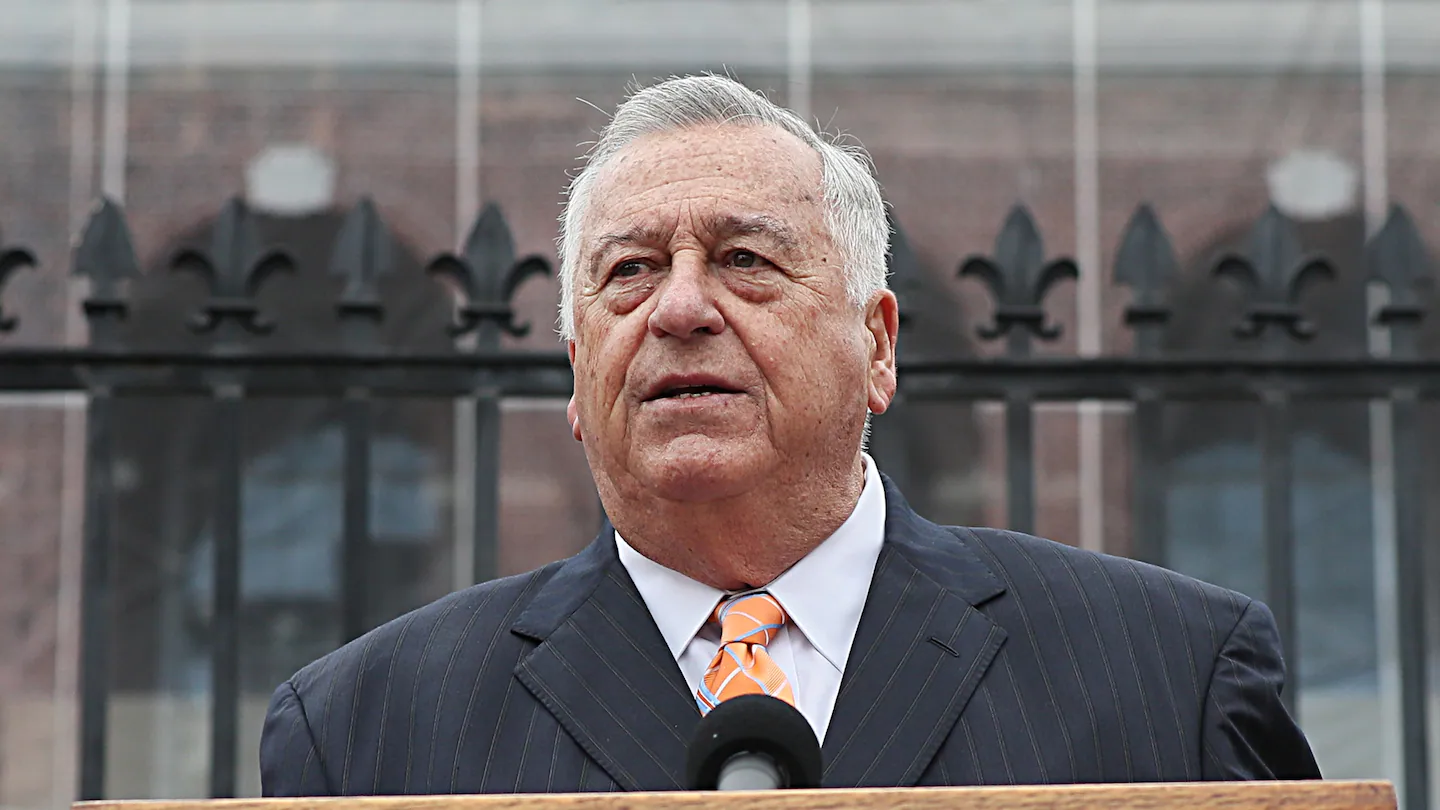Copyright theconversation

Canada’s climate is warming twice as fast as the global average, and many cities will experience at least four times as many extreme heat events (days above 30 C) per year in the coming decades. In Québec alone, elevated summer temperatures were associated with about 470 deaths, 225 hospitalizations, 36,000 emergency room visits, 7,200 ambulance transports and 15,000 calls to a health hotline every year. To tackle the crisis of climate change, the government of Canada proposed the 2 Billion Trees program that aims to plant two billion trees by 2031 over a period of 10 years. But such ambitions come with important questions: Where and how to plant these trees? How to manage the trees to provide more cooling for the people? How to direct the cooling to the most underserved communities? Colleagues and I recently published a study in Montréal that explores how urban green spaces can reduce surface temperature and help promote environmental justice. We found that even small increases in green spaces can make a notable difference in city temperatures. Read more: Urban trees vs. cool roofs: What's the best way for cities to beat the heat? Why the placement of trees is important If you’ve ever passed under the shade of a tree on a hot summer day and felt the temperature drop, you know how valuable they are in cities. Both the amount and layout of urban green spaces affect how much they can cool a city. The way trees, parks and other green areas are arranged can change how they provide shade and release moisture into the air, which together determine how much they can lower the surrounding temperature. Where urban green spaces are located is also related to an important social issue: environmental justice. Unequally distributed green spaces can restrict residents’ access to cooling in certain neighbourhoods, contributing to social inequalities within a city. Those living in low-income neighbourhoods feeling the harshest impacts of urban heat can struggle to find green spaces where they can cool off. Young children and the elderly are also more susceptible to the dangers of prolonged heat exposure. There is a need for municipal governments to get a better view of how well these vulnerable groups receive the cooling provided by urban green infrastructure and what factors have driven the unbalanced distribution. What we found Using satellite imagery and laser imaging, we found that having more trees, grass and shrubs in an area can notably reduce temperatures. We developed a model to estimate the cooling effect provided by urban green infrastructure based on several indicators. Those indicators reflect the quantity and quality aspect of the urban greenery. Our model showed that a 10 per cent increase in tree coverage can lower land surface temperature by approximately 1.4 C. A similar increase in shrubs and grass lowers temperatures by about 0.8 C. The result also indicated that large, continuous groups of trees cool their surroundings better than small, scattered patches. A 10 per cent increase in the aggregation level of tree cluster (area of the largest patch of trees divided by the total area of trees within a landscape unit) can lower land surface temperature by about 0.2 C. We also found that the cooling provided by green spaces in many parts of Montréal do no meet the needs of local residents. This mismatch varies a lot between census tracts. Areas in the city abundant with green spaces include boroughs like Le Plateau-Mont-Royal, Outremont, L'Île-Bizard–Sainte-Geneviève and the village of Senneville. Meanwhile, areas such as Montréal-Est, Saint-Leonard and Saint-Laurent have the least amount of green space. In addition, areas like Pointe-Claire and Montréal-Nord have good green space, but their mismatch index is still low because many vulnerable people live there. The mismatch index is calculated by supply index minus demand index; that means a higher demand index would lead to a lower mismatch index. Neighbourhoods with higher median incomes and more highly educated people were mostly associated with positive supply-demand values. That indicates their supply of cooling services as provided by urban green spaces was higher than their demand. In contrast, census tracts with higher proportion of racialized people and people with a lower level of education tend to lack enough green spaces where residents can cool off. Vulnerable people (young and elderly individuals) with a higher socio-economic status received more cooling services provided by the urban green spaces. In contrast, those on the other end of the socio-economic spectrum were more likely to struggle to easily find a place to cool off. What we can do in the future For cities with similar humid summer months like Montréal, urban planners who want to reduce daytime heat should consolidate tree patches into large, continuous areas where possible. It is also helpful to design smaller-scale green spaces with more irregularly shaped tree patches and create enhanced connectivity, especially for grass, to support small-scale cooling. In Montréal and other cities where green spaces are unequally distributed, municipal officials should develop ranked action plans for greening efforts that consider environmental justice and prioritize areas where the need for cooling is greatest.



